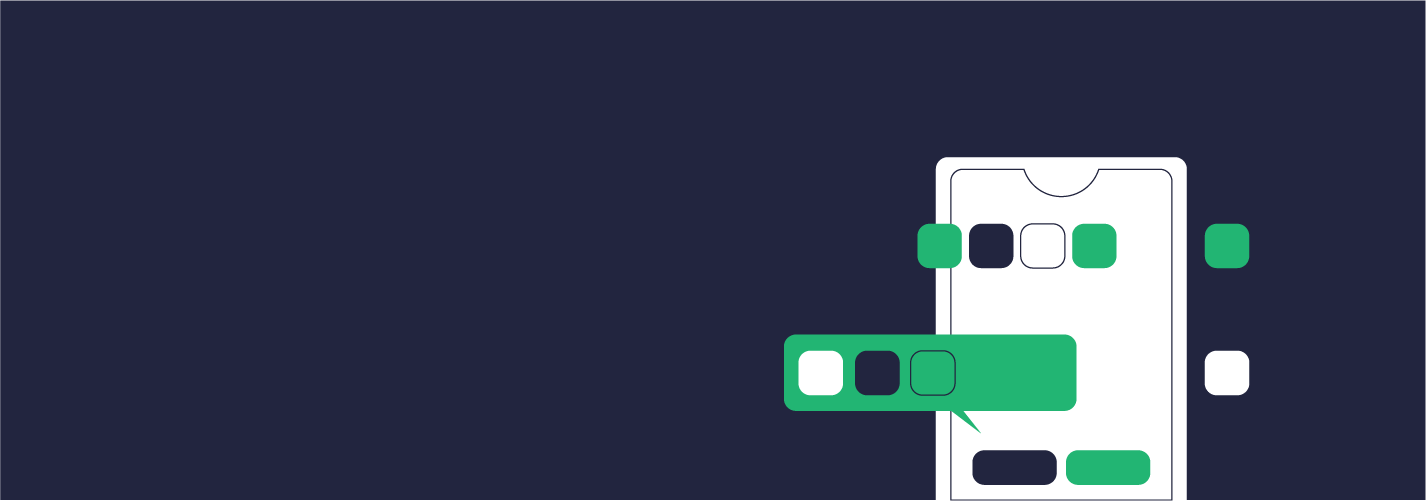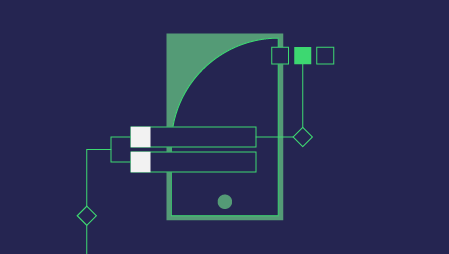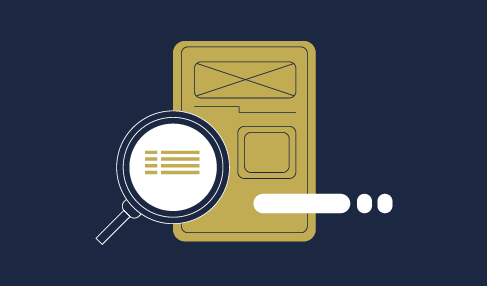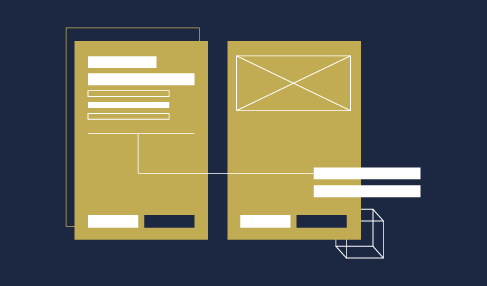This blog is a repository and testing ground for one of the UX books I’m currently writing. In that book, I’m planning to provide a fairly detailed history of software interfaces, with lots of citations, and some funny drawings. I’ll try to produce a clear illustration of the way the interface has been conceived and revised over the decades. For today, let’s stick with a simple model that can get the basic idea across in just a few minutes of reading.
The fundamental purpose of the entire field of UX is to improve the experience one has when using an interface to access a product or a service.
Let’s build a quick mental model of that entire field; something we can all picture during our discussions in order to make it easier to understand each other’s thoughts.
Can you picture a great, big, rolling field out in the countryside? It’s very big, too big for us to see the limits of it right now. That’s okay though, because today we’re not looking for the limits. Today we want to build and share a general understanding.
One side of the field is the human realm. It includes everything about being a human, including deep thoughts and shallow behaviors and everything in between, like languages and finances and personal preferences. The other side of the field is the realm of product and service. It includes everything about the product or service on offer, from conceptualization through production and quality assurance, all the way to how it is marketed, sold, and delivered.
Let’s imagine the space between those two realms as a river that bisects the field. Now picture a ferry system that spans the river. That system is the interface.
Any product or service intended for the human side must be translated across the river. Does that seem a strange choice of words? “Translate” is the mathematical word for “move.” Anything the human wants to communicate to the product side, whether it is to initiate an action or to respond to one, must also be translated across the river. That makes the ferry system very, very important. UX is all about refining that system in order to improve the translations that cross the river in both directions.
Can you imagine the two sides of that field, and the river between them? Can you picture the humans on one side sending messages across, detailing what they want? Can you picture all sorts of goods and services being shipped back in response?
The whole point of the interface is to bridge the gap between the humans and those products and services they want to access. That’s the whole point of any UI you’ve ever used, and of any UX you’ve ever designed, built, assessed, or paid for.
So, when you’re designing or building or assessing or paying for a UI, please ask yourself if the translations across that particular river are working as well as they could.
When a human approaches the river, can they effortlessly see exactly where and how to communicate with the goods and services on the other side? Is their side of the river clean and unobstructed? Is the way to communicate so obvious that they can do it on their own? If not, is it possible for them to get help without having to go looking for it?
Are they faced with having to choose between 1,000 options, or are their choices presented in a manner that makes the numbers seem smaller and easier to cope with?
Are their attempts to communicate with the far side acknowledged clearly and immediately, or do the responses appear in obscure codes that arrive slowly, irregularly, or not at all?
Can the humans accomplish what they wanted to do and easily leave on their own terms, or are they being herded into unanticipated places and driven through a procession they don’t understand and can’t control?
If you get good answers to these questions, congratulations! You may just have a working interface. If your answers are not so positive, then please come on back to this space for the continuing installments of this blog.
Next time, we’ll start to talk about how everything that you see, hear, smell, touch, and taste is all translated from sensory data into the kind of information you can think about, discuss, remember, and forget.





